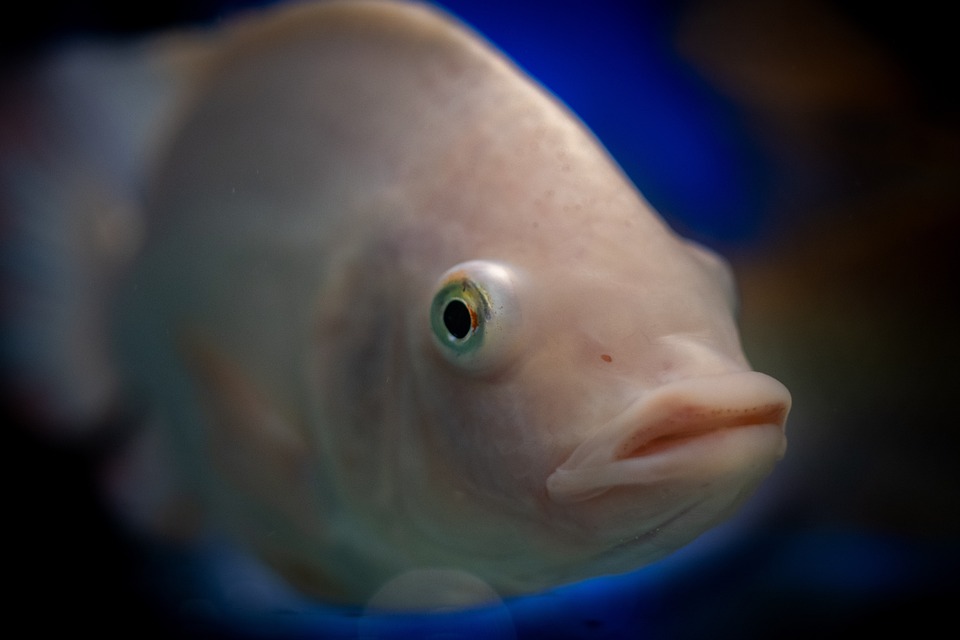Keeping fish as pets can be a rewarding and relaxing experience. However, just like any other living creature, fish can fall ill and suffer from various infections. In this article, we will explore the most common fish tank infections, their causes, and effective prevention and treatment methods. Additionally, we will address frequently asked questions to help you maintain a healthy and thriving fish tank environment.
Understanding Fish Tank Infections: Causes and Symptoms
1. Common Fish Tank Infections
– Ichthyophthirius multifiliis (Ich)
– Fin Rot
– Columnaris
– Velvet Disease
2. Causes of Fish Tank Infections
– Poor water quality
– Inadequate nutrition
– Stressful environments
– Introduction of infected fish or plants
– Inadequate tank maintenance
3. Recognizing Symptoms
– White spots or patches on fish
– Torn or frayed fins
– Discolored or decaying skin
– Abnormal behavior (e.g., lethargy, loss of appetite)
– Rapid breathing or gasping at the surface
Preventing Fish Tank Infections
1. Maintaining Water Quality
– Regular water testing and monitoring
– Proper filtration system
– Consistent water temperature and pH levels
– Adequate oxygenation
2. Providing a Balanced Diet
– High-quality fish food
– Varied diet to meet nutritional requirements
– Avoid overfeeding to prevent excess waste
3. Creating a Stress-Free Environment
– Adequate tank size and appropriate tank mates
– Sufficient hiding spots and decorations
– Consistent lighting and natural day-night cycles
– Minimize sudden disturbances or loud noises
4. Quarantine New Additions
– Isolate new fish and plants in a separate quarantine tank
– Observe for signs of infection before introducing them to the main tank
– Treat any potential infections in the quarantine tank first
Treating Fish Tank Infections
1. Isolating Infected Fish
– Move the infected fish to a separate hospital tank
– Reduce stress by providing a calm and quiet environment
2. Medication and Treatments
– Follow the instructions provided by a veterinarian or experienced aquarist
– Use appropriate medications for specific infections
– Administer treatments as directed and complete the full course
3. Water Changes and Cleaning
– Improve water quality by conducting regular partial water changes
– Clean and disinfect tank equipment and decorations
– Maintain a clean and hygienic environment to prevent reinfection
FAQs: Frequently Asked Questions
1. Can I prevent fish tank infections completely?
– While it is impossible to eliminate the risk entirely, following proper prevention methods significantly reduces the chances of infections.
2. How often should I test my tank water?
– Regular water testing is essential. Aim for weekly testing to maintain optimal water quality.
3. What should I do if I notice signs of infection in my fish?
– Isolate the infected fish, identify the infection, and seek appropriate treatment options. Consulting a veterinarian or knowledgeable aquarist is recommended.
4. Can I use natural remedies to treat fish tank infections?
– Natural remedies may offer limited effectiveness and could potentially harm your fish. It is best to rely on proven medications and consult experts for appropriate treatment.
5. Can I reintroduce a fish to the main tank after treatment?
– Once the infected fish has fully recovered and is no longer showing signs of infection, it can be reintroduced to the main tank. However, thorough disinfection of any equipment used during treatment is crucial to prevent recontamination.
Conclusion:
Maintaining the health of your fish and preventing infections in your fish tank requires diligence, knowledge, and regular care. By following the prevention and treatment methods outlined in this article, you can provide a safe and thriving environment for your aquatic companions. Always consult professionals or experienced aquarists for specific advice tailored to your tank’s unique needs.









